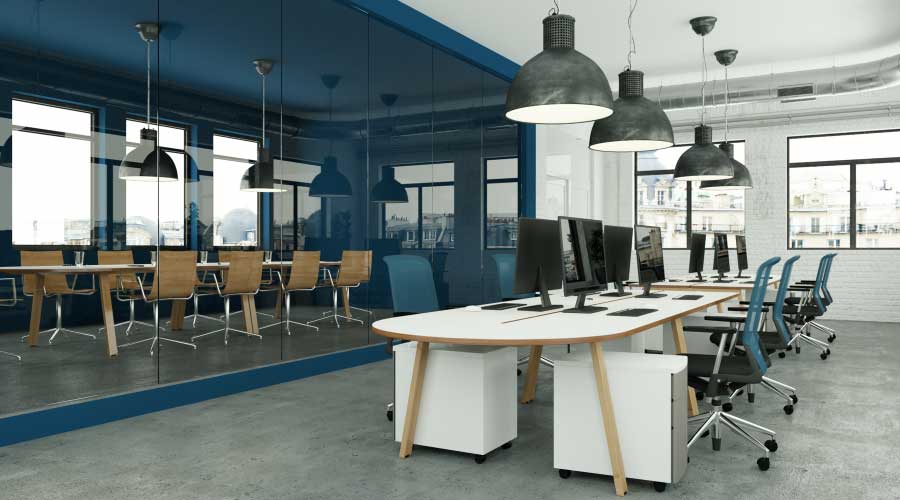Determining Goals Of Lighting Upgrade Can Lead To Different Solution
1. What are the goals for the upgrade?
While energy savings or reduced re-lamping might be the impetus for an upgrade, laying out all the desired benefits may lead to a different solution. Lighting upgrades could improve the lighting quality, increase the effectiveness of the light, improve sales, increase safety, improve flexibility and controllability, justify rent increases, provide marketing opportunities for branding, provide maintenance feedback data, respond to codes and local laws, etc.
2. What is the quality of the existing lighting?
Most often, the original lighting was specified for a generic function, with calculations based on "empty rooms" and standard assumptions. It was also specified for a luminaire with specific distribution and cutoff characteristics. Lighting comfort may never have been a consideration in the initial design. Take a critical look at what currently exists. A design which gives poor quality of light now is unlikely to give better quality if lamps and ballasts are changed.
3. What is an acceptable quantity of light?
It is not all about footcandles on the desk. In offices, lower light levels that are uniformly distributed are more valuable than higher light levels that are uneven. In retail, the reverse may be true. Footcandles that light all the room surfaces are as important as those lighting the task surface.
Know the difference between maintained and initial luminance. Beware of service providers who use a light meter reading of the existing system (maintained luminance) as the benchmark, and then promise to provide equivalent light levels in the retrofitted design (initial luminance). The existing design may have distributed light widely to all the room surfaces, and the illumination level may have been based on lamps that were burning for 4 or 5 years. The service provider then replaces the system with fewer lamps, ballasts and maybe retrofit reflectors that direct light straight down, to achieve the same illumination level. The facility manager is unhappy because the room surfaces look darker, the luminaires are harsher, and the light levels will begin to degrade from the initial level. The Illuminating Engineering Society of North America recommends light levels, but also provides valuable qualitative criteria. Don't stop at footcandles just because they are the most easily quantified. Quantity cannot replace quality; if a space is poorly lighted, increasing the quantity of light won't help, and may even make the bad situations (high contrast, glare, shadows) worse.
Related Topics:














